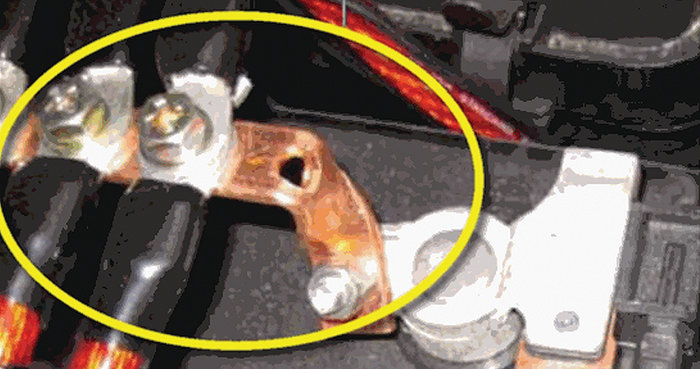




Regenerative braking takes the forward motion of the vehicle and turns it into electrical energy.
Regenerative braking is nothing new – it’s been around just about as long as there have been electric trolley cars and electric trains. And it’s not even a case that it hasn’t been around for a very long time in the auto industry. The difference is that the automotive industry has only recently adopted a large-scale regenerative braking system for itself with the advent of the modern hybrid and electric car.
A second generation Toyota Prius is at least 12 years old and batteries may need to be replaced. Here’s what the codes mean.

The secret to diagnosing air ride problems is knowing what criteria the system uses to regulate the compressor/reservoir and having the right tool.

These engines have been reliable, but there are four pattern failures you might see.

Honda indirect TPMS systems do not have air pressure sensors inside the tires.

The April issue includes technical and management content and is free to download.

New cooling systems anticipate and influence changes in coolant temperature.

The March issue includes technical and management content and is free to download.

Direct injection pressure is measured with sensors, and the signals are used to determine pump speed and/or volume.
